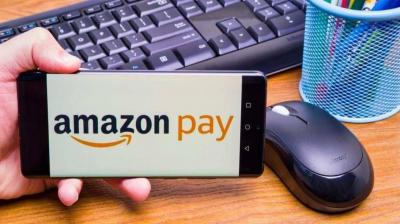Amazon, the American company with the world's largest online store, has made a significant breakthrough that could change the landscape of financial transactions globally, potentially transforming the financial and banking services offered by banks worldwide. The company has developed a new payment system that relies on "hand scanning" and does not require any physical contact, whether through traditional cash, bank cards, or even mobile applications.
This innovation comes at a time when the world is striving to minimize direct contact with objects and achieve social distancing to mitigate the COVID-19 pandemic, which has led to a significant decline in the use of traditional cash, both paper and coins. There is a prevailing belief that cash can transmit infections and carry the virus from one person to another.
According to CNBC, Amazon will introduce its payment system at the Whole Foods store in Seattle, marking it as the first option among several others that are expected to roll out this payment system. This system was first introduced last September and has since expanded to ten Amazon stores. It allows shoppers to pay by placing their palm over a scanning device.
American news reports have indicated that Amazon has adopted the palm scanning payment system as a proprietary payment method across its stores and has actively begun testing it. During their first visit to the store, shoppers are required to input a credit card to link it with their palm print, after which they can pay easily.
In addition to this technology, the company also employs a different method that relies solely on shoppers scanning their purchases and exiting the store, which the company is currently using in various stores. Amazon has assured that the system is designed to be safe, particularly considering that palm scanning technology is deemed more secure and private compared to other methods such as facial recognition.




